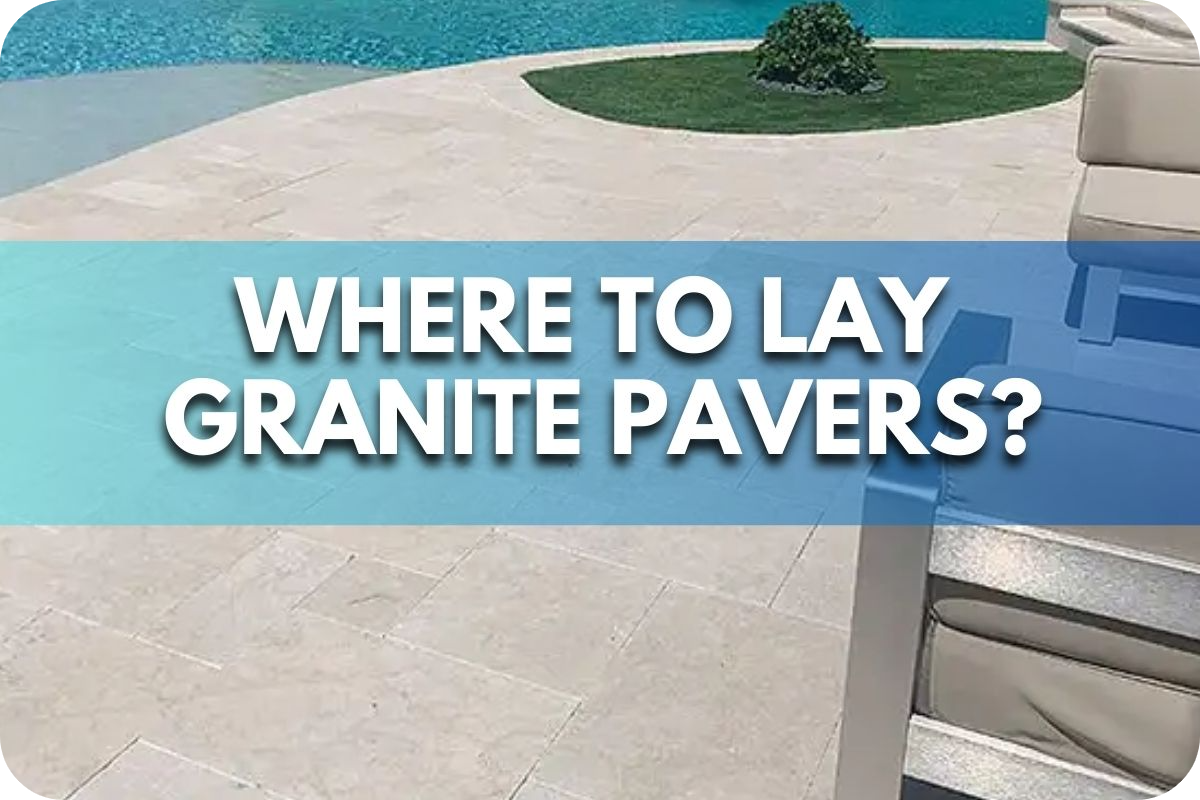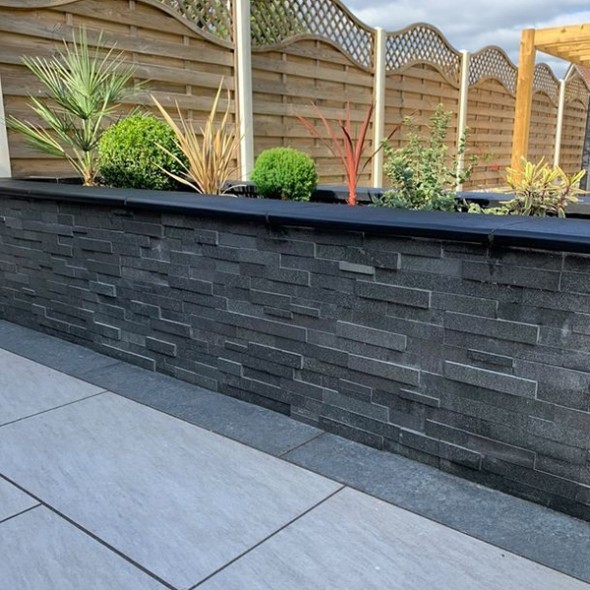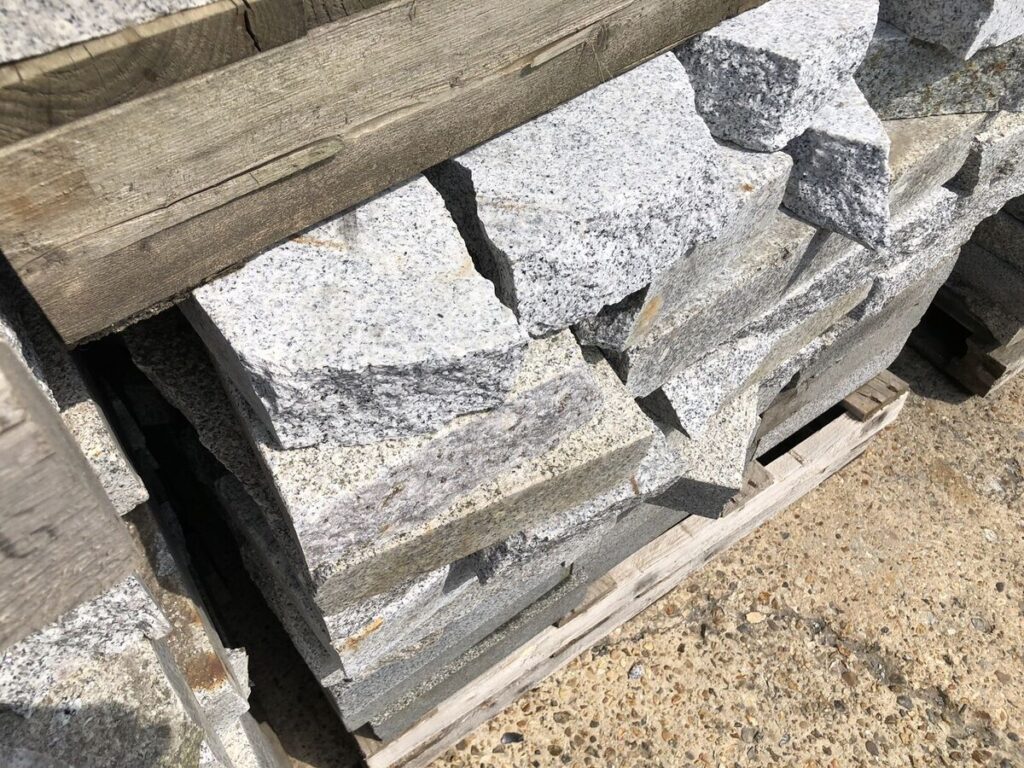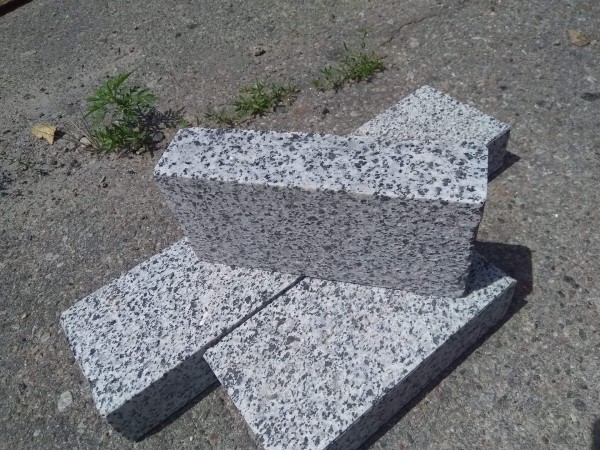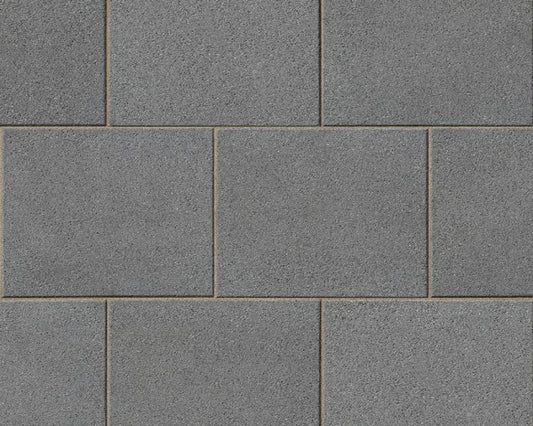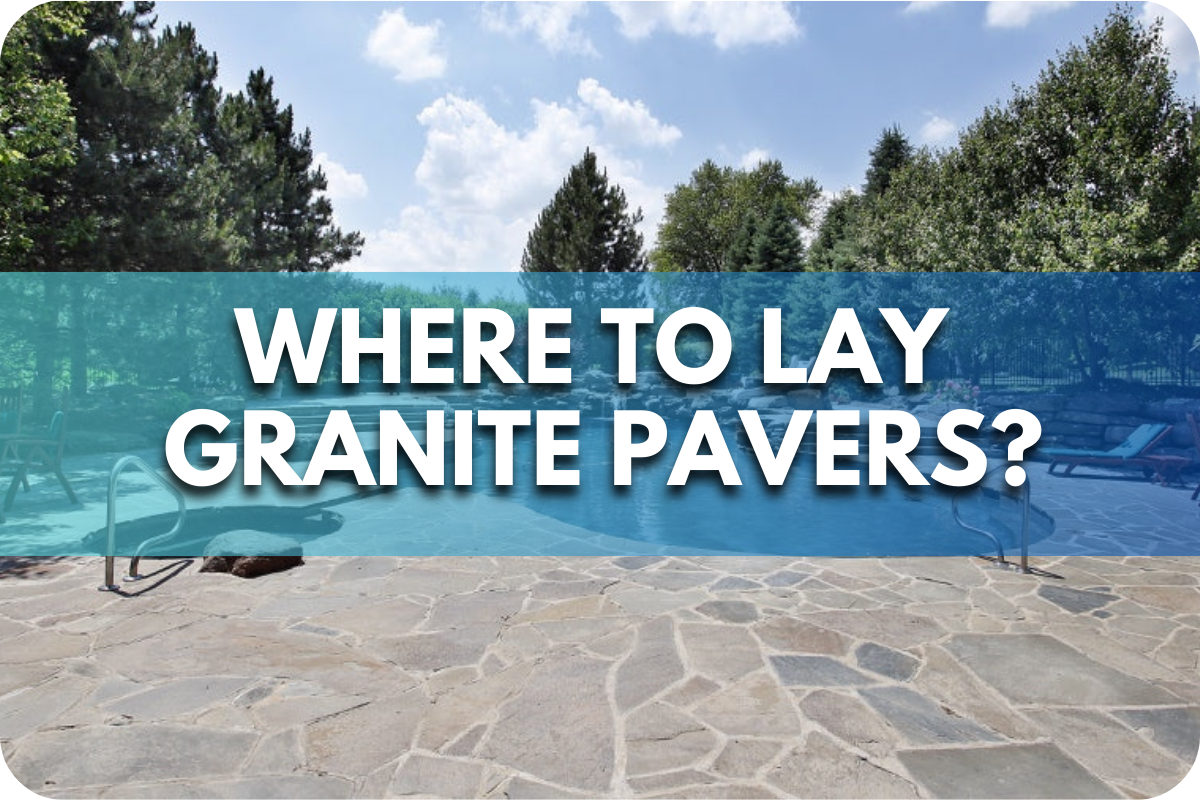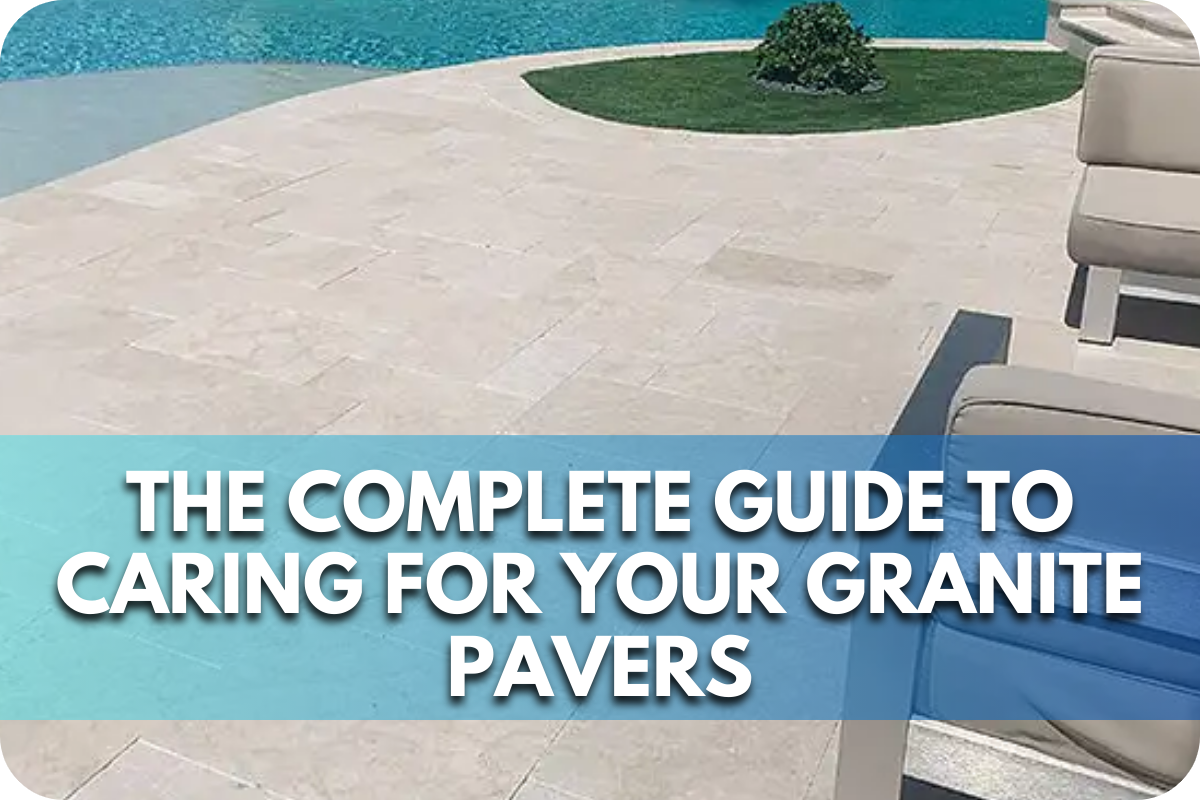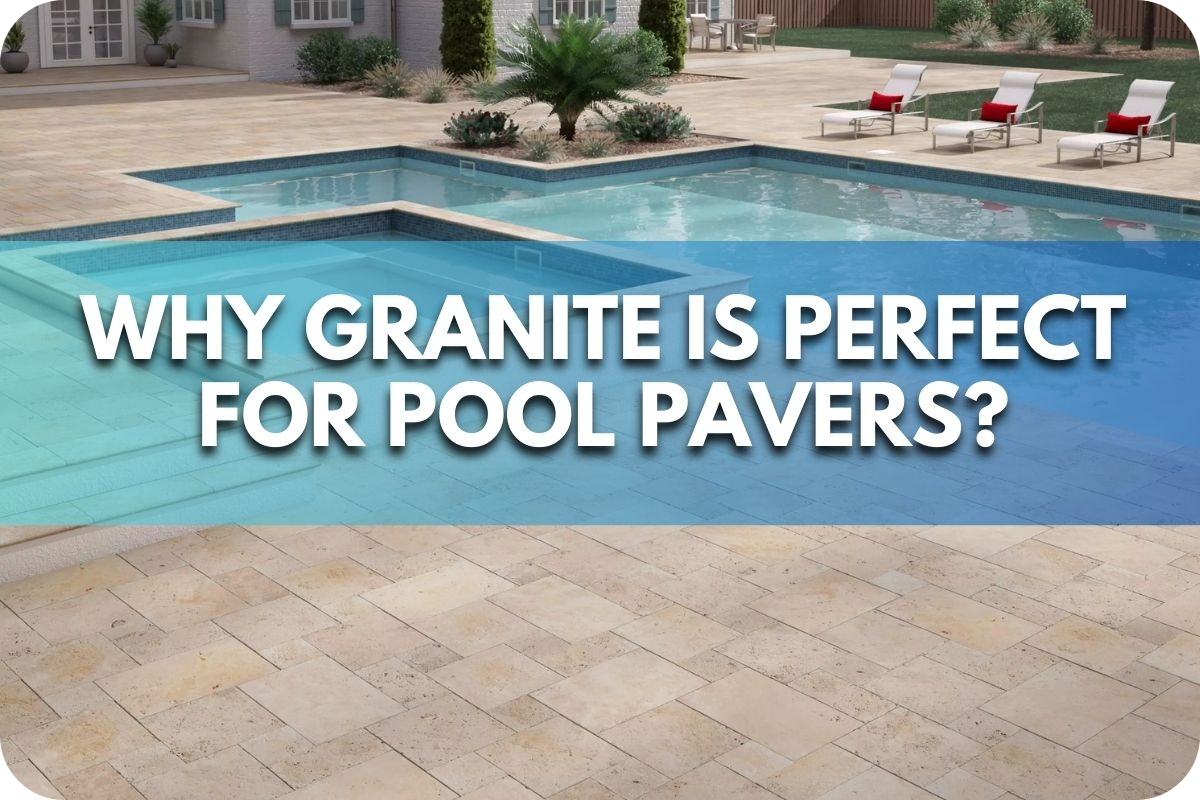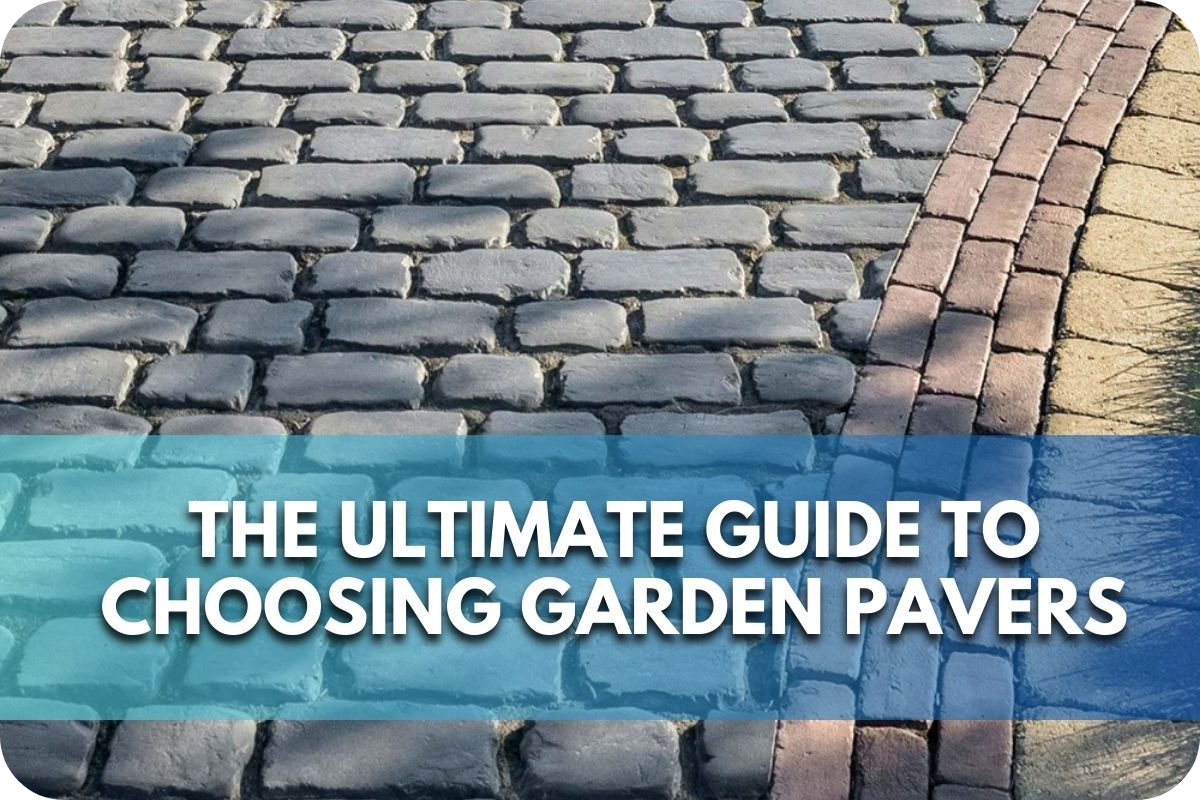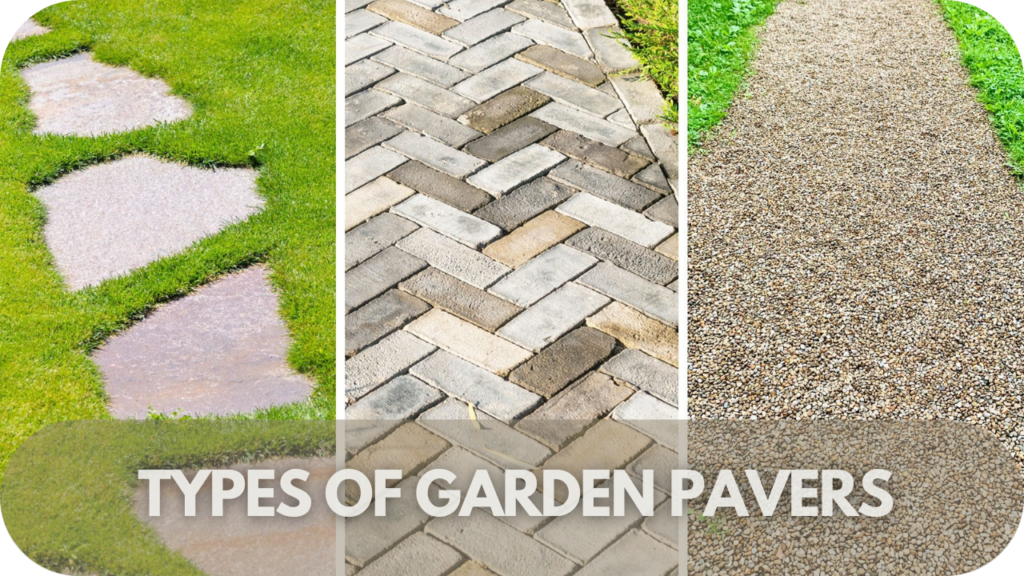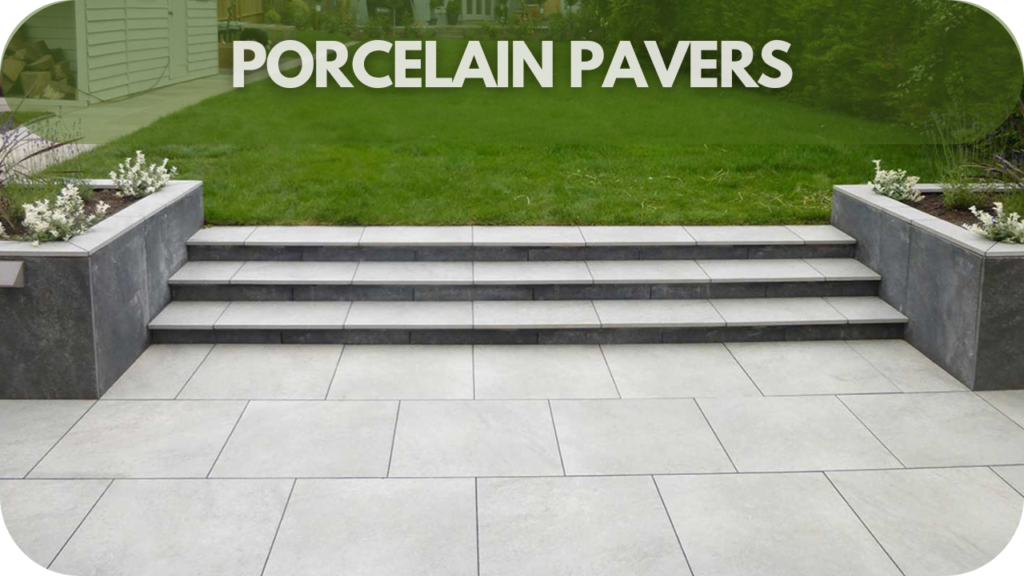Where to Lay Granite Pavers?
Choosing the right location to lay granite pavers can be challenging due to the many options available.
Without proper guidance, you might install them in less suitable areas, leading to issues like reduced durability or aesthetic mismatch.
This article will guide you through the best places to lay granite pavers, ensuring you make informed decisions that enhance your outdoor spaces’ functionality and beauty.
Check out the ideal locations to maximise the benefits of your granite pavers.
What Are Granite Pavers?
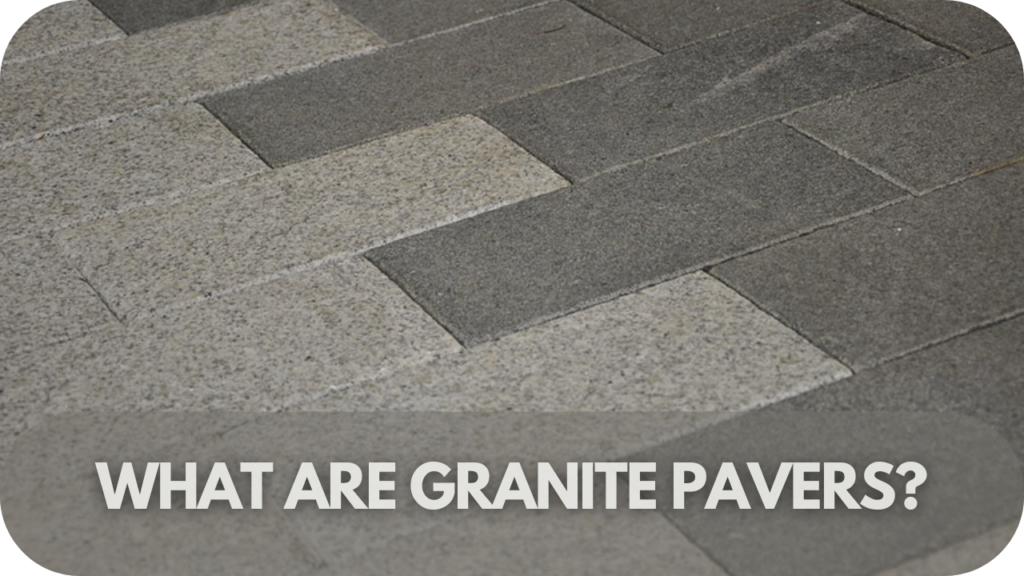
Are natural stone slabs crafted from granite, a hard, durable igneous rock renowned for its resilience and timeless beauty? These pavers are highly sought after for their strength, slip resistance, and ability to withstand extreme weather conditions, making them ideal for both residential and commercial outdoor applications.
Available in a variety of colours, textures, and finishes, granite pavers offer versatile design possibilities, seamlessly complementing contemporary and traditional spaces. Their low porosity ensures minimal water absorption, reducing the risk of cracks and stains.
Additionally, granite pavers are low maintenance and eco-friendly, as they are a natural and long-lasting material.
Key Areas to Use Granite Pavers
Granite pavers are a durable, versatile option for outdoor and semi-outdoor spaces. Ideal for laying granite pavers includes patios, pathways, driveways, pool surrounds, and fire pits, adding style and longevity to any setting. Here are some of the best areas to lay granite pavers:
1. Driveways: Durable Granite Paving for Heavy Traffic
They are an excellent choice for driveways due to their exceptional strength and durability. Engineered to withstand heavy loads and frequent vehicle traffic, they offer a long-lasting solution that maintains its integrity over time.
The natural density of granite ensures resistance to cracking and chipping, even under extreme conditions.
Granite’s slip-resistant surface provides added safety, particularly in wet or icy weather, making it ideal for all climates. Its aesthetic appeal is another advantage, with a range of colours and finishes available to complement any property style.
Additionally, granite pavers require minimal maintenance, resisting stains, oil spills, and fading.
2. Patios and Entertainment Areas: Enhancing Outdoor Living Spaces
Granite pavers bring a blend of style and practicality to patios and entertainment areas, making them a popular choice for outdoor spaces. Their robust nature ensures they stand up to frequent use, heavy furniture, and changing weather without losing their appeal.
Granite’s timeless elegance and range of colours and finishes make it easy to create a design that complements your home and garden.
One of granite’s standout qualities is its slip resistance, adding safety to areas where spills or moisture might occur. Additionally, its low maintenance needs mean you can enjoy your patio without the hassle of constant upkeep.
3. Pool Decks: Safe and Stylish Poolside Paving
A pool deck should balance functionality and beauty, and granite is perfect for pool pavers. Its slip-resistant surface ensures safety in wet conditions, while its durability and timeless aesthetic make it a practical, long-lasting choice that enhances the elegance of any poolside space.
Their durability ensures they can withstand constant exposure to water, pool chemicals, and outdoor elements without deteriorating over time.
One of their key benefits is heat resistance, keeping the surface comfortable to walk on, even during peak summer.
4. Walkways and Garden Paths: Creating Inviting Pathways
Creating durable and visually appealing paths in your outdoor space requires materials that balance aesthetics and functionality.
Granite pavers are a reliable option, offering exceptional strength to withstand frequent foot traffic while resisting wear and tear over time. Their natural, slip-resistant surface ensures safe use, even in wet conditions, making them suitable for all climates.
Available in a range of colours, textures, and finishes, they can be tailored to suit any garden style, whether contemporary or traditional.
The timeless elegance of granite enhances the beauty of walkways and garden paths while maintaining a practical, low-maintenance solution.
5. Outdoor Stairs and Steps
For outdoor stairs and steps, combining durability with visual appeal is essential. Granite pavers provide a sturdy, long-lasting solution that stands up to heavy foot traffic and the elements. Their naturally slip-resistant surface ensures safety, even in wet or icy conditions, making them a practical choice for any climate.
With a range of textures, colours, and finishes, granite pavers allow for creative design options that can complement both traditional and modern outdoor spaces.
6. Courtyards and Public Spaces
For courtyards and public spaces, durability and visual appeal are key considerations. Granite pavers offer a reliable solution, standing up to heavy use and harsh weather conditions while retaining their timeless beauty.
Their natural strength ensures they won’t crack or wear down, even in high-traffic areas, making them a practical choice for bustling environments.
The variety of finishes and colours available allows for creative and tailored designs that complement both contemporary and traditional settings. With slip-resistant properties, granite pavers also enhance safety, an essential feature for public spaces.
7. Fire Pit Surrounds: Safe and Stylish Heat-Resistant Options
These are fantastic options for crafting a durable and visually appealing fire pit surround. Their natural heat resistance ensures they withstand high temperatures without damage, making them both safe and practical.
Additionally, their non-slip surface provides added safety around the fire, especially in outdoor social settings.
These pavers come in a range of colours and finishes, allowing you to seamlessly match them with your landscaping design.
Their weather-resistant and hard-wearing properties ensure long-lasting performance, even under frequent use.
8. Outdoor Kitchens and BBQ Areas: Durable and Heat-Resistant Surfaces
They bring a perfect mix of style and practicality to outdoor kitchens and BBQ areas. Thanks to their natural heat resistance, they handle high temperatures effortlessly, making them a reliable surface for cooking spaces.
Their tough, low-maintenance finish stands up to spills, grease, and weather, keeping your area clean and inviting.
Available in a variety of shades and textures, granite pavers can seamlessly blend with any design, adding a touch of elegance to your outdoor setup. Built to endure both heavy use and harsh conditions, they are a smart, long-term choice for any outdoor kitchen.
9. Commercial Entrances and Walkways: Durable and Professional Appeal
High-traffic areas in commercial spaces require paving solutions that are both practical and visually impressive.
Granite pavers meet these demands with their exceptional durability and resistance to wear, ensuring they stand up to heavy use over time. Their natural slip-resistant surface provides added safety, even during wet or icy conditions.
Available in a range of colours and finishes, granite pavers contribute to a sleek and professional look, enhancing the appeal of any business entrance or walkway.
In addition to their aesthetic benefits, they are weatherproof and low-maintenance, making them a cost-effective choice for commercial settings.
10. Public Monuments and Memorial Spaces: Timeless and Respectful Design
Public monuments and memorial spaces demand material that reflects dignity, endurance, and beauty. Granite pavers are an outstanding choice, offering unmatched durability and timeless appeal, making them ideal for honouring significant moments and individuals.
Their natural resilience ensures they withstand the test of time, even in harsh weather conditions or high-traffic areas.
With a variety of textures, finishes, and colours available, granite pavers can be tailored to suit the solemnity and design of any memorial space.
Design Tips for Laying Granite Pavers
Designing with granite pavers can elevate your outdoor space into a refined and functional area. Follow these expert tips for an impeccable finish:
- Plan Your Layout: Select a pattern that suits your space, such as a classic herringbone or staggered design, which adds both aesthetic appeal and structural strength.
- Maintain Precise Spacing: Uniform gaps, typically 3–5 mm, allow for natural expansion and stability. Use spacers to achieve consistent joints.
- Prepare the Base: Ensure a compacted gravel and sand base, is properly levelled and sloped for effective drainage to avoid water pooling.
- Secure the Edges: Install edge restraints to prevent pavers from shifting over time, preserving the layout’s integrity.
- Seal for Protection: Apply a granite-appropriate sealant to enhance beauty, resist stains, and shield against weather damage, ensuring durability and lasting appeal.
Maintenance and Care
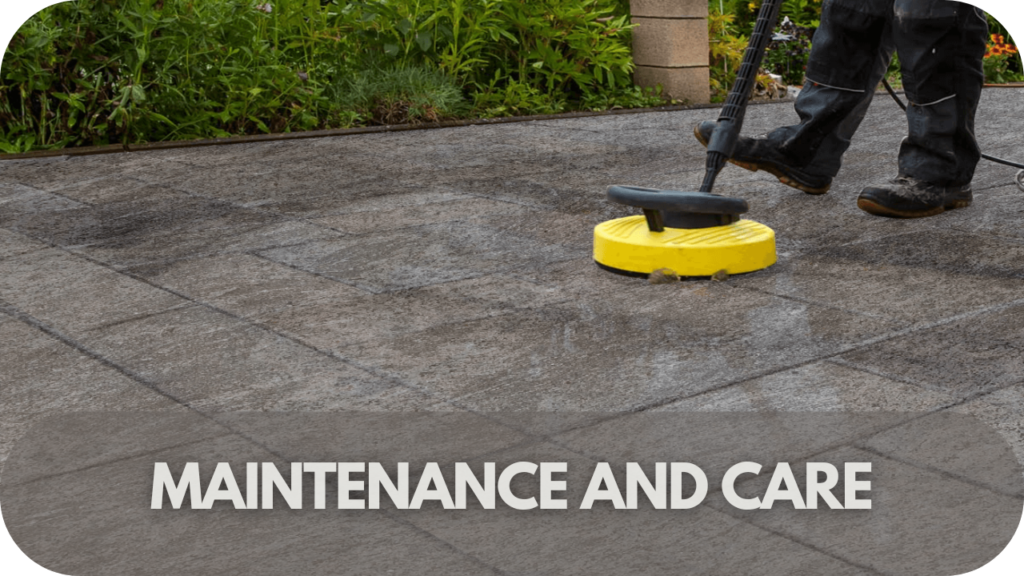
Maintaining and caring for granite pavers is essential for preserving their beauty and longevity. Regular cleaning is crucial. Sweep the surface frequently to remove dirt and debris.
Use a mild detergent mixed with water and a stiff brush for deeper cleaning. Avoid harsh chemicals or high-pressure washers, as these can damage the stone.
Sealing the pavers is highly recommended. Apply a high-quality stone sealant every 1-2 years to protect against stains, moisture, and weather damage. Ensure the pavers are clean and dry before applying the sealant, following the manufacturer’s instructions for the best results.
Address stains promptly. Spills should be cleaned up immediately to prevent staining. For oil stains, use a poultice or a specialised stone cleaner. Avoid using acidic cleaners, which can etch the surface of the granite.
Weed control is also important. Regularly inspect the joints and remove any weeds that may sprout. Applying a weed inhibitor can help prevent growth.
Monitor for shifting or settling. Check the pavers periodically to ensure they remain level. If any pavers become loose or uneven, they should be lifted, the base material adjusted, and the pavers reinstalled.
Conclusion
Granite pavers are a versatile and durable choice for any outdoor area. From driveways to garden paths, their elegance and resilience make them ideal.
Contact Splendour In Stone for professional advice and top-quality granite pavers tailored to your project needs. Transform your outdoors with timeless beauty.

